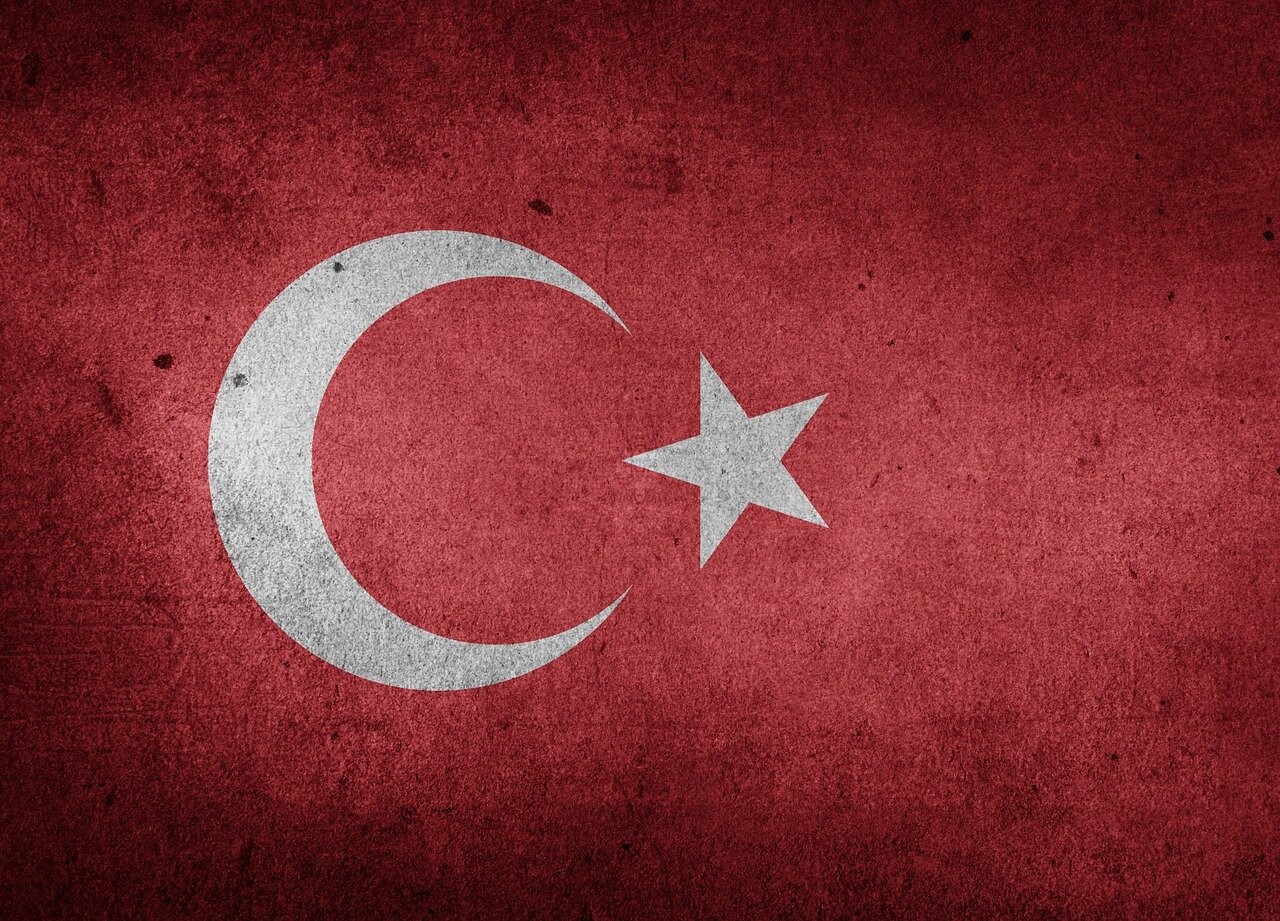The anatomical considerations in ethnic rhinoplasty are significantly more complex than in standard procedures. Middle Eastern noses often feature a prominent dorsal hump and a downward-pointing tip. African and Afro-Caribbean nasal structures typically present with wider nostrils, a lower bridge, and thicker skin. East Asian patients often seek subtle bridge elevation and tip projection while preserving natural facial harmony. South Asian rhinoplasty frequently involves dorsal hump reduction and tip refinement while maintaining cultural identity.
Turkish surgeons specializing in ethnic rhinoplasty have adapted their techniques to address these diverse requirements, employing advanced cartilage grafting methods, structure-preserving reduction approaches, and customized tip refinement strategies. The goal is enhancement rather than fundamental alteration—improving facial harmony while preserving the features that connect patients to their heritage.

Why Turkey Excels in Diverse Rhinoplasty Needs
Turkey's emergence as a leader in ethnic rhinoplasty stems from its unique geographical and cultural position. Situated at the crossroads of Europe, Asia, and the Middle East, Turkey has been a melting pot of diverse ethnicities for centuries. This multicultural heritage has given Turkish plastic surgeons extensive exposure to a wide variety of nasal structures and facial features. Unlike surgeons practicing in more homogeneous populations, those in Turkey regularly work with patients from Mediterranean, Middle Eastern, Central Asian, African, and European backgrounds.The country's plastic surgery education system has evolved to embrace this diversity. Major medical schools and teaching hospitals in Turkey now incorporate specific training in ethnic variations of facial anatomy and culturally appropriate aesthetic approaches. Many prominent rhinoplasty surgeons have also pursued international training, bringing back specialized techniques for addressing the unique concerns of different ethnic groups.
Turkey's thriving medical tourism infrastructure further enhances the country's capabilities in ethnic rhinoplasty. Leading Turkish clinics have developed comprehensive support systems for international patients, employing multilingual patient coordinators who understand not only language differences but also cultural sensitivities around beauty and cosmetic procedures.
Tailored Approaches for Different Ethnicities
Ethnic rhinoplasty in Turkey has flourished because surgeons recognize that beautiful noses exist across all ethnicities—not as a universal standard but as harmonious features that complement each individual's facial characteristics. Turkish specialists have developed refined approaches tailored to specific anatomical features and aesthetic preferences common among different ethnic groups.For Middle Eastern patients, Turkish surgeons have particular expertise in performing reduction rhinoplasty that addresses the prominent dorsal hump while preserving adequate bridge height. They frequently employ specialized osteotomy techniques to narrow the nasal bones without creating an unnaturally pinched appearance.
African and Afro-Caribbean rhinoplasty presents distinct challenges that Turkish specialists have become adept at addressing. These patients often seek refinement while maintaining cultural authenticity. Turkish surgeons frequently use sophisticated augmentation techniques, including cartilage grafting to provide structure and definition. East Asian rhinoplasty in Turkish clinics typically focuses on creating subtle bridge elevation and tip projection while preserving natural facial harmony. Rather than imposing dramatic changes, surgeons use carefully placed implants or autologous cartilage grafts to achieve gentle enhancement.
The Consultation Process
The success of ethnic rhinoplasty in Turkey begins with a comprehensive consultation process designed to understand both technical requirements and cultural expectations. Leading Turkish surgeons approach these consultations with particular sensitivity, recognizing that patients seeking ethnic rhinoplasty often navigate complex feelings about identity alongside their aesthetic goals. Initial consultations focus not just on what patients dislike about their nose but also on what features they wish to preserve. Skilled surgeons ask nuanced questions about how the patient perceives their ethnic features and how important maintaining certain characteristics is to their self-image.The physical examination phase is particularly detailed, assessing aspects of nasal structure that are specifically relevant to different ethnic groups. Surgeons evaluate skin thickness, which varies significantly across ethnicities and dramatically affects the visibility of structural changes. They assess cartilage strength, nasal airway function, and facial proportions characteristic of the patient's ethnicity.
Advanced imaging technology plays a crucial role in the consultation process at premier Turkish clinics. Three-dimensional photography and computer simulation allow patients to visualize potential outcomes based on their specific facial structure.
Recovery and Results
Recovery from ethnic rhinoplasty in Turkey follows a generally predictable timeline, though certain aspects may vary based on specific techniques used and the patient's ethnic background. The immediate post-operative period typically involves more significant swelling for patients with thicker nasal skin, common in many non-Caucasian ethnicities.Most clinics schedule patients for an overnight stay or provide 24-hour nursing supervision at their accommodation for the first night after surgery. During the initial recovery phase (days 1-7), patients wear an external splint to protect the newly shaped nasal bones and cartilage. Patients typically return to the clinic for splint removal around day 7, offering the first glimpse of their new nasal shape, albeit with significant residual swelling.
For ethnic rhinoplasty patients, the intermediate recovery phase (weeks 2-4) requires particular patience. This swelling is typically more pronounced and longer-lasting in patients with thicker skin, including many individuals of African, Middle Eastern, Hispanic, and Asian descent. The long-term refinement phase deserves special attention, as final results emerge more gradually for many ethnic patients. While initial healing occurs within weeks, the final refined shape may take 12-18 months to fully emerge as swelling completely subsides and tissues adapt to their new structure. Premier Turkish clinics maintain long-term relationships with international patients through virtual follow-ups during this refinement phase, offering guidance as the nose continues its transformation.


Comments